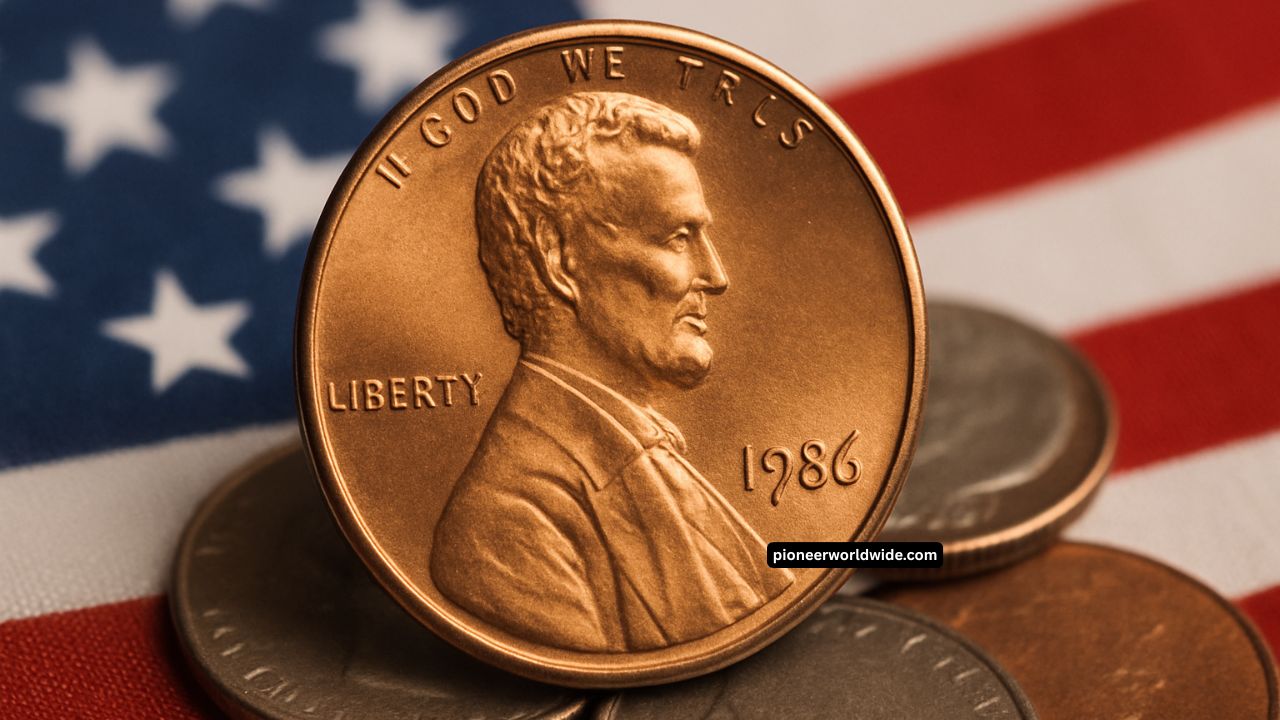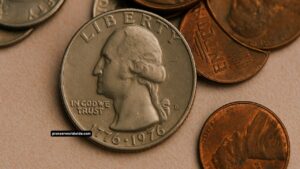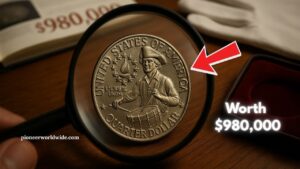The 1986 Lincoln penny has recently resurfaced in viral headlines, with sensational claims of a single specimen worth $38 million.
Let’s unpack the facts, explore the real values, and discover what makes certain error pennies genuinely valuable—but nowhere near that astronomical figure.
What’s the $38 Million Hype All About?
The allure of finding a rare mint error among everyday change sparks imagination. Headlines imply a wildly valuable coin when, in reality, these claims stem from speculative buzz around unprecedented mistakes.
A press-reported $38 million penny is likely a marketing ploy, not a verified auction record
Genuine Record Sales for 1986 Pennies
| Error Type / Grade | Description | Real Record Value |
|---|---|---|
| MS69+ RD (1986, Denver) | Superb Mint State, deep red finish | ~$7,840 (sold in 2021) |
| MS68+ RD (1986, Philadelphia) | Graded gem mint state with perfect strike | ~$2,400 (sold in 2019) |
| Proof 1986-S PR70DCAM | San Francisco proof with ultra cameo grade | ~$3,450 (sold in 2003) |
| 1986 penny with doubled die obverse | Visible doubling on date/lettering | $200–$2,000 estimated |
| Off‑center strike | Design misaligned from blank | $100–$800 estimated |
| Bronze planchet (wrong metal) | Struck on pre‑1982 bronze blank | Up to $5,000 estimated |
| Missing clad layer (zinc core exposed) | No copper plating visible | $500–$1,500 estimated |
| Repunched mint mark (“D” over “D”) | D-mark stamped multiple times | $50–$300 estimated |
Rarity vs Reality
In 1986, over 4.4 billion pennies were minted. Regular circulated or uncirculated coins are typically worth face value—a few cents—even in BU condition.
Only top-tier error coins graded by authorities like PCGS or NGC break into the thousands, but they do not reach multi-million-dollar ranges.
How to Identify a Valuable 1986 Penny
- Check the mint mark:
- “D” = Denver; no mark = Philadelphia.
- Rare repunched mint marks hold minor premium
- Inspect for doubling:
- Widened date or letters (LIBERTY, IN GOD WE TRUST) = doubled‑die obverse.
- Look for mis-strikes:
- Off-center hits or broadstrikes cause valuable distortions.
- Check metal composition:
- A silvery penny may indicate missing copper or bronze planchet use.
- Evaluate condition:
- Graded Mint State (MS63–MS70) coins, untouched and fully red, perform best
What to Do If You Find One
- Avoid cleaning or polishing—this reduces value.
- Protect carefully: Use plastic flips or coin holders.
- Seek grading from PCGS/NGC: A professional grade significantly boosts value.
- Sell through reputable channels: Consider auction houses, certified dealers, or graded coin markets.
While the $38 million 1986 Lincoln penny is a captivating myth, real specimens—particularly those with authentic errors and superb condition—can still command thousands of dollars.
So yes, there’s treasure in change—but don’t expect riches beyond your wildest dreams.
FAQs
Could a 1986 penny really fetch $38 million at auction?
No. The highest known sale for a 1986 penny is about $7,840, making the $38 million claim purely speculative
What error types are most worth finding?
The most valuable include doubled die obverse, off‑center strikes, bronze planchets, and missing clad layers—errors that can yield from hundreds to low thousands
How can I know if mine is graded high quality?
Look for sharp strike, deep red color, no wear. Submit it to PCGS or NGC. Grading can transform a 5‑cent penny into a collectible worth hundreds or thousands.




